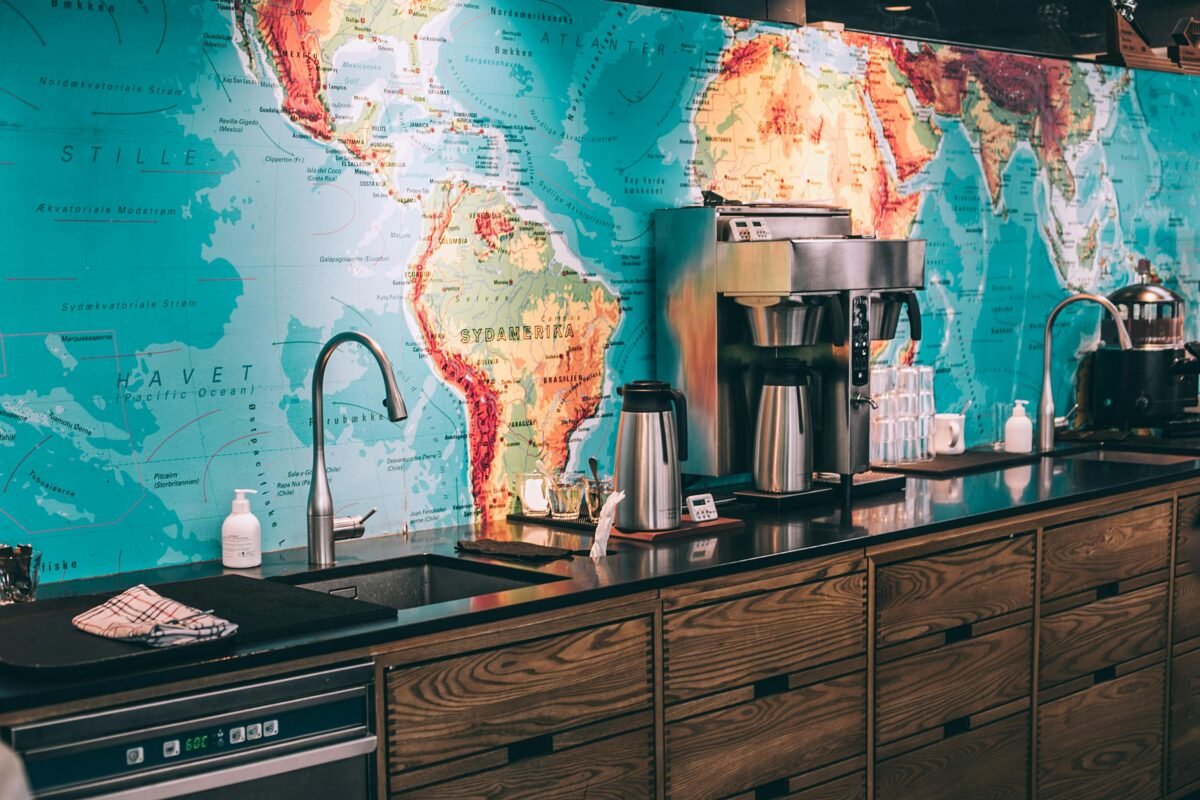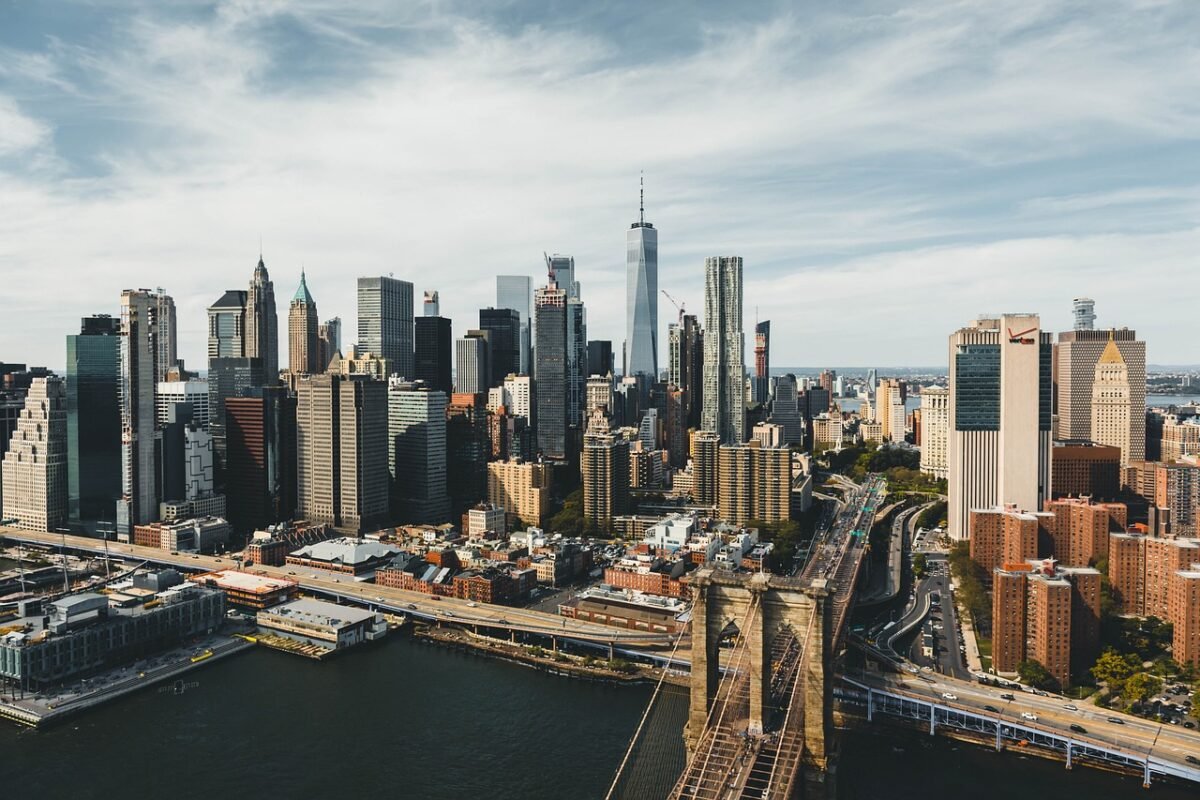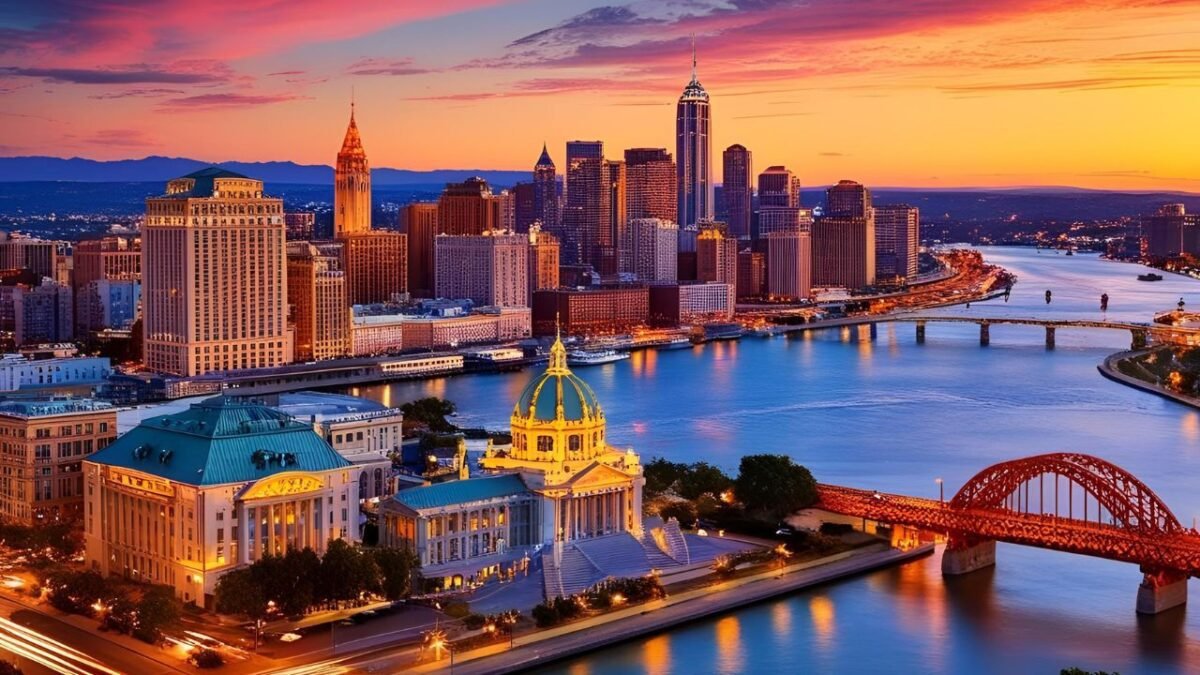Visiting Georgia for the first time is like stepping into a world where history, nature, and culture collide in the most magical way. Nestled between Eastern Europe and Western Asia, Georgia offers breathtaking mountains, ancient monasteries, vibrant cities, and some of the world’s oldest wine traditions. Whether you’re wandering the cobbled streets of Tbilisi, sipping homemade wine in Kakheti, or trekking through the remote Svaneti villages, this guide is designed to help first-time travelers make the most of their 2025 adventure. From practical tips and cultural insights to must-visit destinations, you’ll find everything you need to explore Georgia like a local.
1. Understanding Georgia

Where it is: Georgia is a country in the Caucasus region, bordering Russia, Turkey, Armenia, and Azerbaijan. Not to be confused with the U.S. state of Georgia.
Why it’s unique: It mixes Eastern European and Asian influences, with a unique language (Georgian), alphabet, wine culture, and mountains that rival the Alps.
2. Entry Requirements

Visa: Many countries (including EU, U.S., Canada, Australia) do not need a visa for stays up to 1 year.
Passport validity: Minimum 6 months remaining.
Health insurance: Recommended, especially for mountain treks.
Health policies: As of 2025, no quarantine is required, but check updates via the official Georgian tourism site.
3. Best Time to Visit

Spring (April–June): Flowers, mild weather, ideal for hiking.
Summer (July–August): Warm, festivals, crowded in tourist spots.
Autumn (September–October): Harvest season, perfect for wine lovers.
Winter (December–February): Ski resorts like Gudauri, snowy mountains.
4. Transportation Tips

Getting there: Fly to Tbilisi International Airport (TBS). Direct flights from Europe, Middle East, and some U.S. cities.
Local transport:
Tbilisi: Metro, buses, minibuses (marshrutkas), taxis, Bolt app.
Intercity: Marshrutkas for budget travel, trains for longer routes, rental cars for flexibility.
Driving tips: Roads in mountains can be narrow and winding; winter driving requires caution.
5. Accommodation Options

Budget: Guesthouses (~$20–$40/night) — often family-run, authentic local experience.
Mid-range: Hotels ($50–$100/night), often in city centers.
Luxury: Boutique hotels in Tbilisi, Batumi, or Svaneti ($120+).
Unique stays: Wine cellars, mountain lodges, traditional Svan towers (Svaneti).
6. Top Places to Visit

A. Tbilisi
Old Town: Historic architecture, cobblestone streets, colorful balconies.
Narikala Fortress: Cable car ride, panoramic city views.
Sulfur baths: Traditional spa experience in Abanotubani.
Rustaveli Avenue: Shops, cafes, theaters, museums.
B. Mtskheta
Svetitskhoveli Cathedral: UNESCO World Heritage site.
Jvari Monastery: Hilltop views, iconic Georgian cross-shaped church.
C. Kakheti (Wine Region)
Signagi: “City of Love,” hilltop town with pastel houses.
Local wineries: Taste qvevri wine (fermented in clay pots).
Tasting tip: Pair wine with local cheeses like Sulguni.
D. Svaneti
Mestia: Medieval tower villages, trekking base.
Ushguli: Remote high-altitude village, UNESCO site, glacial scenery.
Hiking trails: Up to Shkhara Glacier, amazing for adventure travelers.
E. Batumi
Black Sea coastline: Beaches, promenade, cafes.
Botanical Garden: Rich flora, panoramic views.
Modern architecture: Dancing fountains, Alphabet Tower.
F. Natural Wonders
Prometheus Cave (Kutaisi): Spectacular stalactites and stalagmites.
Okatse Canyon: Hanging bridges, waterfall viewpoints.
Martvili Canyon: Boat rides, turquoise waters.
7. Georgian Cuisine Must-Try

Khinkali: Juicy dumplings — eat with fingers, don’t spill the juice.
Khachapuri: Cheese-filled bread; Adjarian version has an egg in the middle.
Lobiani: Bean bread, traditional Svan food.
Churchkhela: Candy made from nuts dipped in grape juice and dried — perfect souvenir.
Satsivi: Chicken or turkey in walnut sauce.
Chacha: Georgian grape brandy, locally produced.
8. Cultural Tips
Hospitality: Georgians love welcoming travelers; accepting food and drink is polite.
Toasting tradition: Supra dinners include formal toasts led by a tamada (toastmaster).
Dress code: Modest clothing for religious sites; no shorts in churches.
Language tips: “Gamarjoba” (hello), “Madloba” (thank you), “Tqven” (you).
9. Budget Guide
Daily costs (mid-range traveler): $40–$70/day excluding flights.
Accommodation: Guesthouse $20–$40/night.
Meals: Local restaurants $5–$10; higher-end $15–$25.
Transport: Marshrutka $1–$5; taxis $2–$10 in cities.
10. Safety Tips
General safety: Low crime, stay alert in crowded tourist areas.
Road safety: Be cautious on mountain roads; hire local drivers if unsure.
Medical: Pharmacies widely available; major hospitals in Tbilisi, Batumi.
Altitude & hiking: Stay hydrated, pace yourself, carry basic first aid.
11. Suggested 7-Day Itinerary
Day 1: Arrive in Tbilisi, Old Town walking tour.
Day 2: Narikala Fortress, Mtatsminda Park, Sulfur baths.
Day 3: Day trip to Mtskheta.
Day 4: Travel to Kakheti, wine tasting, Signagi town.
Day 5: Explore Kakheti villages, return to Tbilisi evening.
Day 6: Svaneti – Mestia village, towers, trekking.
Day 7: Batumi (optional), Black Sea promenade, depart.
12. Tech & Connectivity
SIM cards: Magti, Beeline, or Silknet; 4G coverage in cities and main highways.
Wi-Fi: Hotels and cafes provide reliable internet; mountain areas may require mobile data.
Apps: Bolt (taxis), Maps.me or Google Maps (navigation), TripAdvisor or Google Travel (local recommendations).
13. Insider Tips
Try local experiences: Participate in a Supra dinner, taste homemade wine, attend local festivals.
Photography: Sunrise at Uplistsikhe or Narikala Fortress is amazing.
Shopping: Local crafts — enamel jewelry, carpets, wine, and churchkhela.
Avoid tourist traps: Some street “guides” may charge extra for photos or directions; politely decline if unnecessary.
Final Thoughts
Georgia is a country that rewards curiosity. Every corner holds a story — from the medieval towers of Svaneti to the bustling cafes of Tbilisi. Traveling here is not just about seeing sights; it’s about experiencing a culture deeply rooted in hospitality, food, and tradition. By planning carefully, respecting local customs, and embracing new experiences, first-time visitors can create memories that last a lifetime. Whether you’re here for the mountains, the wine, or the vibrant city life, Georgia in 2025 promises to be an unforgettable adventure.
Frequently Asked Questions (FAQ)
1. Do I need a visa to visit Georgia?
Most travelers from Europe, North America, and many other countries do not need a visa for stays up to 1 year. Always check current policies on the official Georgian tourism site.
2. What is the best time to visit Georgia?
Spring (April–June) and autumn (September–October) are ideal for mild weather, fewer crowds, and beautiful landscapes. Summer is great for mountain treks, while winter is perfect for skiing.
3. Is Georgia safe for first-time travelers?
Yes. Georgia is generally very safe, with low crime rates. Stay alert in crowded tourist areas and exercise caution on mountain roads.
4. What should I eat while in Georgia?
Must-try dishes include khinkali (dumplings), khachapuri (cheese bread), lobiani (bean bread), churchkhela (nut candy), and local wines. Don’t miss the opportunity to enjoy a traditional supra (feast with toasts).
5. How do I get around Georgia?
In cities, use taxis or ride-share apps like Bolt. For intercity travel, marshrutkas (minibuses) are cheap and frequent. Renting a car is ideal for exploring wine regions and mountains, but mountain roads can be challenging.




